This Is Not Another Vapid Surf Interview
Chatting with author Lauren Hill about new book and what it means to be a female surfer.
Interviews via email can return short, sterile, and utterly useless answers, but I knew this wouldn’t happen with Lauren Hill on the other end of an internet letter. Having just hammered the keys enough times to fill a 250-page, beautifully-designed reflection on what it means to be a female surfer, professional surfer/writer Lauren L. Hill’s replies came back bright and robust.
If you spend the five minutes it’ll take you to make it to the bottom of this interview, you’ll get an insight into the book’s tag line—The Rise of Female Surfing—and learn things beyond the narrow sphere of surf noise that most of us focus on, most of the time. You’ll also get to read Lauren having a justified jab at Stab.
Lauren’s new book She Surf is “a celebration of the diverse, vibrant, and engaged community of women riding and making waves around the globe”.
Stab: What was your elevator pitch when you first came up with the idea for this book?
Lauren: The publisher, Gestalten, actually came to me, so I didn’t have to pitch at all. After working in the surf realm for the last 10 years, it was revelatory to have a business just understand the value (if only monetary) of sharing women’s surf stories, histories, and perspectives beyond vapid lifestyle imagery, or anecdotal mentions.
I’d pitched similar concepts to endemic surf entities in the past, but was always met with a response akin to “no one cares.” Judging by sales of the book, apparently, people do now.

What’s happening on the women’s side of surfing that most men are unaware of?
I think that, as a culture, we’ve been coming at women’s surfing with a comparative lens to men’s surfing. But they aren’t the same, and I hope they never will be. Men and women tend to have quite different physiologies, and so different capabilities in terms of range of movement and how those ranges articulate on waves. We tend to draw different lines, so, perhaps outside of the .01% of surfers who are pursuing competitive mastery with particular guidelines, why all the comparisons?
I feel like men know this though. What men or anyone in a dominant position tend to be unaware of, is the fact that the whole culture has been shaped to value and reward the way men’s bodies ride waves.
If you’re having a tough time seeing how narrow surfing’s lens really is, think about the quite recent concept of “alternative crafts,” which basically means anything other than the modern thruster, right? It means longboards, fishes, midlengths, finless crafts, alaia. The boards that the vast majority of surfers in the world are actually riding. The word “alternative” sets up the assumption that the standard of surfing, from which one deviates, is the modern shortboard. But this has only been true for a teeny blip in surfing’s long history.
I don’t think this is any kind of trippy conspiracy. Men essentially created the surf industry by and for other young, white men. There’s nothing wrong with that, but the surfing population is much more diverse than who the modern industry is still mostly catering to.
The crux of the book is about reimagining how we see women’s surfing culture beyond the comparative lens – which is the very least interesting angle to take on a culture like women’s surfing that’s actually full of rich, funny, poignant stories that still aren’t being told that often in our culture.

Of all the stories you profiled in the book is there any in particular that stood out to you?
I specifically chose women for the book for whom surfing has been a launchpad for making a meaningful life of purpose and engagement, socially or environmentally. So, they all have rich, complex stories. But probably most personal for me was sharing Dani Burt’s story. She’s an amputee and the World’s First Female Adaptive Surfing Champion.
As I was interviewing Dani, my mom had just passed the one-year mark since having her leg amputated, so Dani’s achievements felt especially unbelievable. I’d just helped to nurse my mom back from her health crisis, and having witnessed the depths of despair that my mom had fallen into really illuminated the radical psychological, emotional, spiritual and physical boundaries Dani has overcome in learning to surf after something as unthinkable as losing a limb.
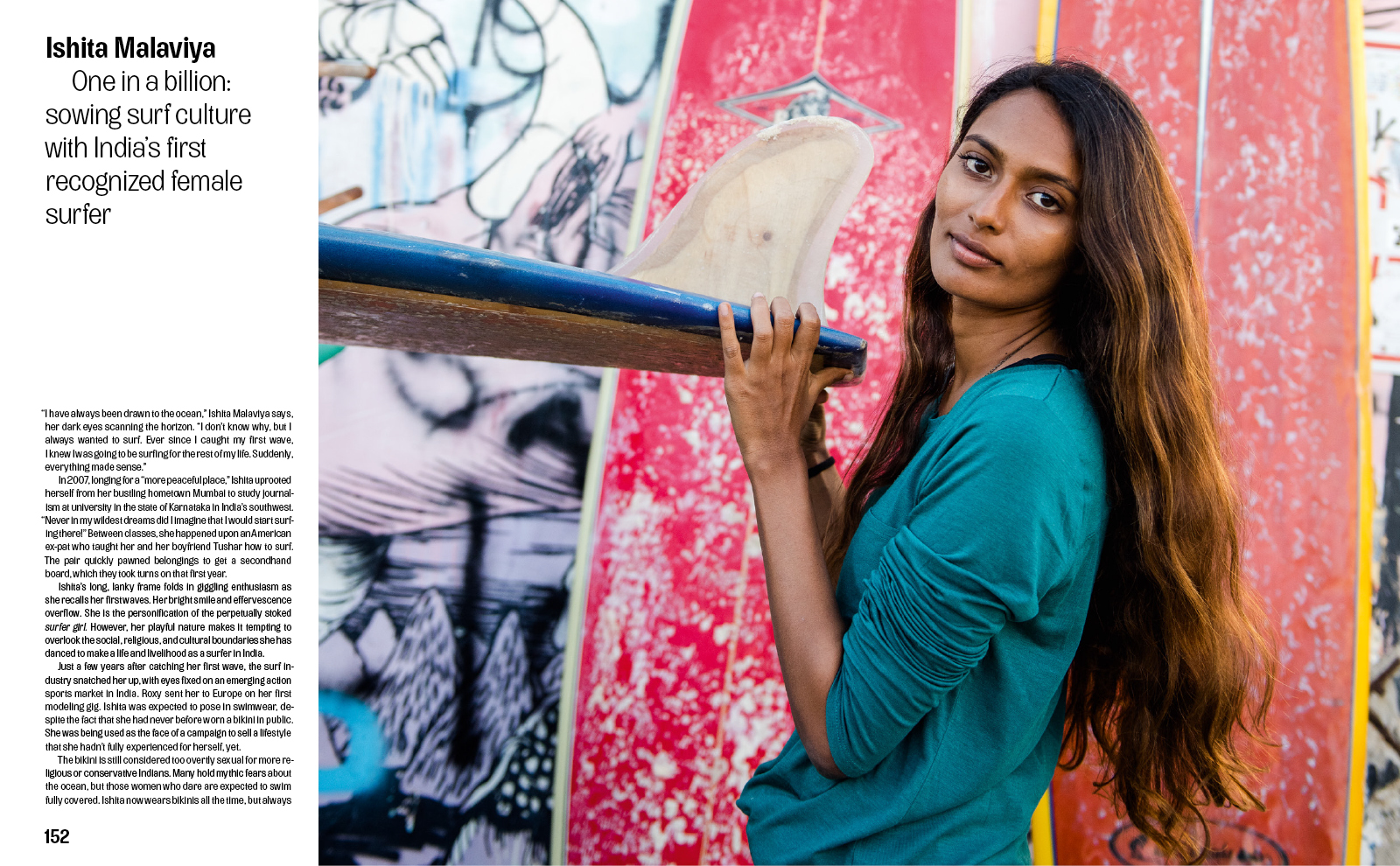
Prior to your book, the contribution from females to surfing’s early days has been largely undocumented. What sort of things were you able to uncover?
I wouldn’t say that women’s surf history has been totally undocumented, it’s just not readily available if you’re only reading current surf periodicals or digital media. You have to work to find it.
One of my favourite parts of researching was digging into ancient Polynesian myth and lore, and discovering a very egalitarian surfing culture in which women were often celebrated as equally adept wave riders. And they were riding big, often heavy planks, including olos, which require a depth of skill and power that most modern surfers would be challenged to equal. Their skill was different, but no less masterful.
A topic from the book that I’ve never heard anyone touch on before is the topic of surfboard design/construction as it relates to the differences in male and female anatomy. Can you explain your thoughts on this and how it affected female surfers?
The oldest known surfboard was a woman’s. It dates to the 1600s and belonged to Princess Kaneamuna, who is buried with her board on the Big Island.
And it was women – or at least a woman – who helped to shift the trajectory of surfboards toward smaller and lighter weight crafts. In 1947, Californian shaper Joe Quigg was tasked with building a board for Darrylin Zanuck, and that thinner, lighter board became the precursor to the Malibu Chip. Joe Quigg made the board, of course, but it was female physiology that inspired his design choices.
In the same way that the heavy boards of the early 1900s kept many women from pursuing surfing, the ultra-lightweight, thin and narrow boards in the 80s and 90s also worked against women’s bodies in the surf. In the case of the 90s boards, they required extreme upper body strength to maintain adequate paddle speed to catch waves; body strength that women’s smaller statures tend to lack. Men had the physiological advantage in these concepts of performance; fluidity and grace took a back seat.
For modern professional freesurfers like Leah Dawson, the 1970s era of single fins was something of a golden era for women’s surfing. For Leah, surfboard design of that era matched women’s bodies well with a magic combination of paddle ease, manoeuvrability and a long rail for fluidity.
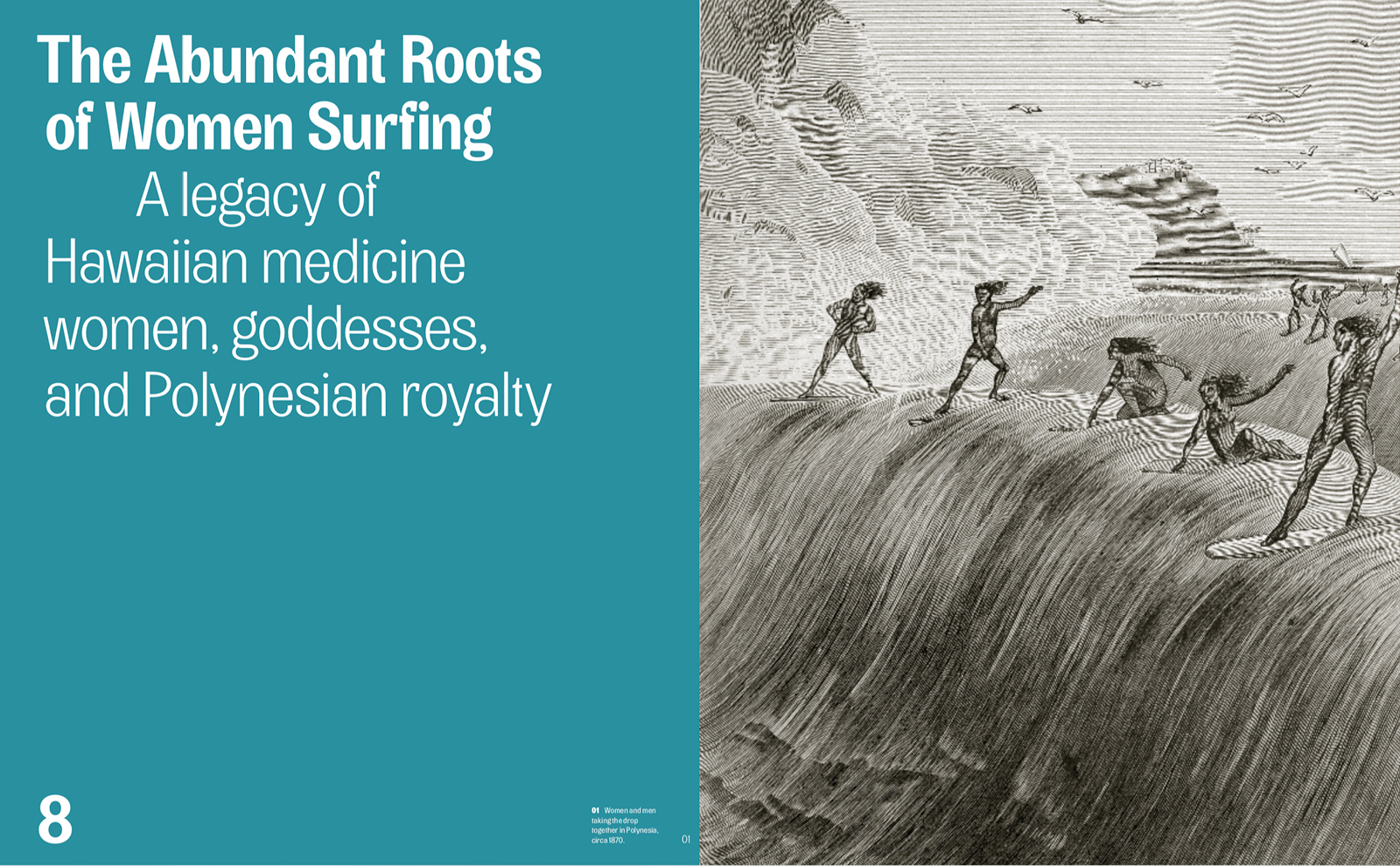
What female contribution to the surf industry has been the most overlooked?
I think women’s contributions to the board-building industry have been pretty massively overlooked. It was really the wives of shapers like Bing Copeland, Hap Jacobs, Greg Noll and Dewey Weber, just for example, who turned their husband’s shaping hobbies into profitable businesses.
Probably the most underappreciated, but most impactful, cohort of female surfers were those who rescued the surf industry in the 1990s. Surf brands were tanking and it was women like Lisa Andersen, Rochelle Ballard, Layne Beachley, and Megan Abubo who sold surfing not as a sport, but as a lifestyle that all of middle America could aspire to by way of surf apparel.
What have we missed out on as a culture having surfing’s narrative being so male-dominated?
We miss out on creativity and innovation. A sense of real community where all different kinds of folks can bring their own gifts and ideas to the table.
Your book is centered around finding value in women’s surf culture without any of the sexualisation commonly found in female lead surf marketing and media. Do you see the way female surfers are often represented as being problematic?
It’s problematic because the representation has been so narrow: white, blonde, skinny, young, hairless. In other words, hetero-sexy/girlish. I mean, Stab literally still has a whole section of the website called GIRLS.
There hasn’t really been a place for grown women in representations in the surf industry. That’s pretty unrealistic. And that’s not to mention all other women who do not fit into the narrow stereotype.
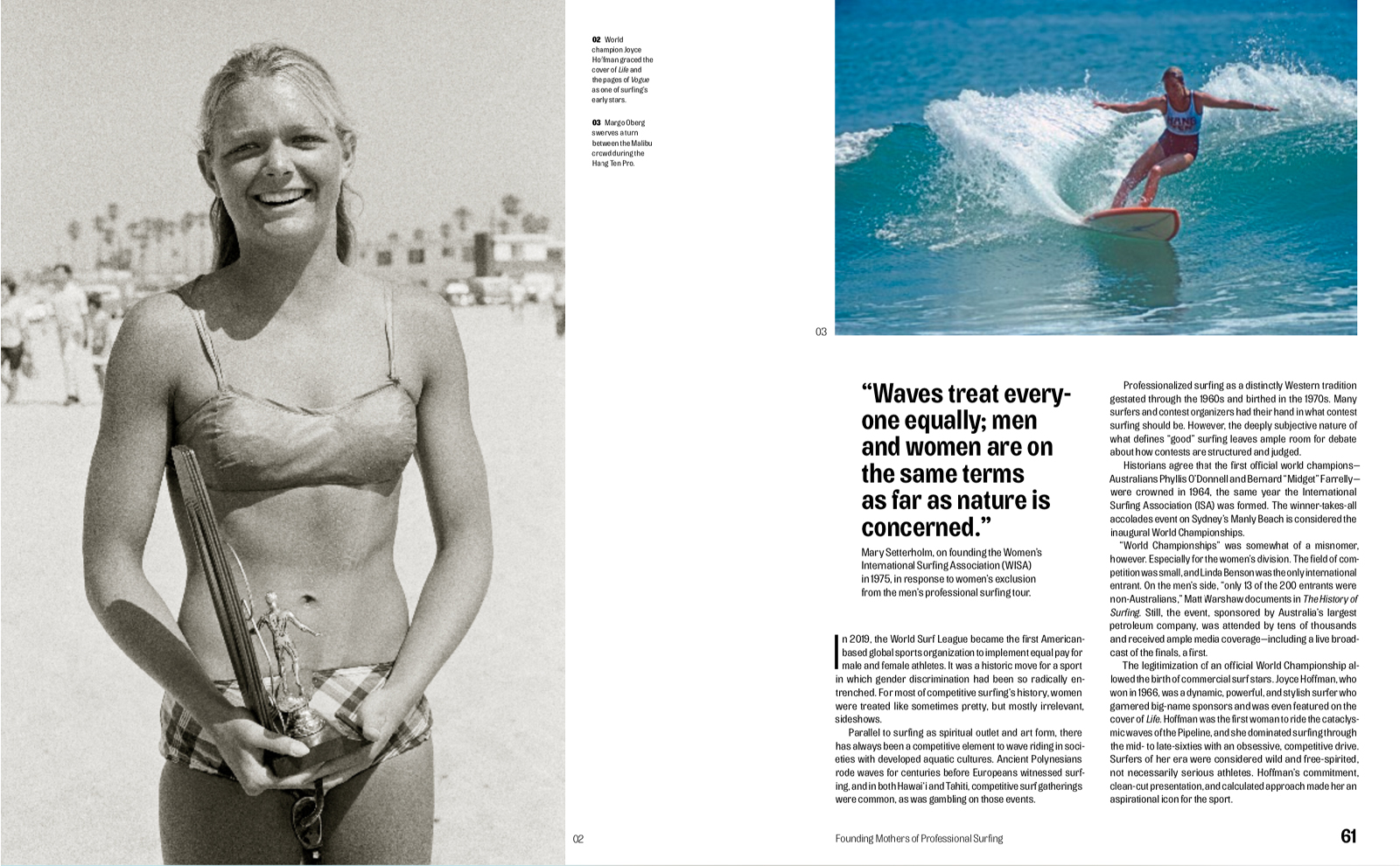
What about Ladybirds or Steph Gilmore’s Electric Acid or any of Stab’s other tasteful modern female lead projects?
It’s great that Stab is growing into including women in speciality events like Ladybirds, and film projects like Steph’s Electric Acid. Those are meaningful contributions and a great start.
I guess what I was speaking more specifically to is the normalization of integrating women’s imagery, perspectives and content. For example, if you pull up the Stab homepage right now, out of the 30 or so pieces of clickable content, the only part of a surfing woman I can see is Sage Erikson’s gratuitous side-boob to send you to the GIRLS page. And this is not uncommon across many of the surf media platforms; it’s not just Stab.
How is a little girl, or a boy… or a man, for that matter, supposed to interpret that? The loud and clear message is that, first and foremost, we value women for their performative hetero-sexiness. There’s nothing wrong with sexiness. I don’t think we should be neutering female or male athletes. Surfing is inherently sensual, and I love that. But when the ONLY image is the non-surfing, passive, sexy pose, then it’s tough to make the argument for moving things forward.
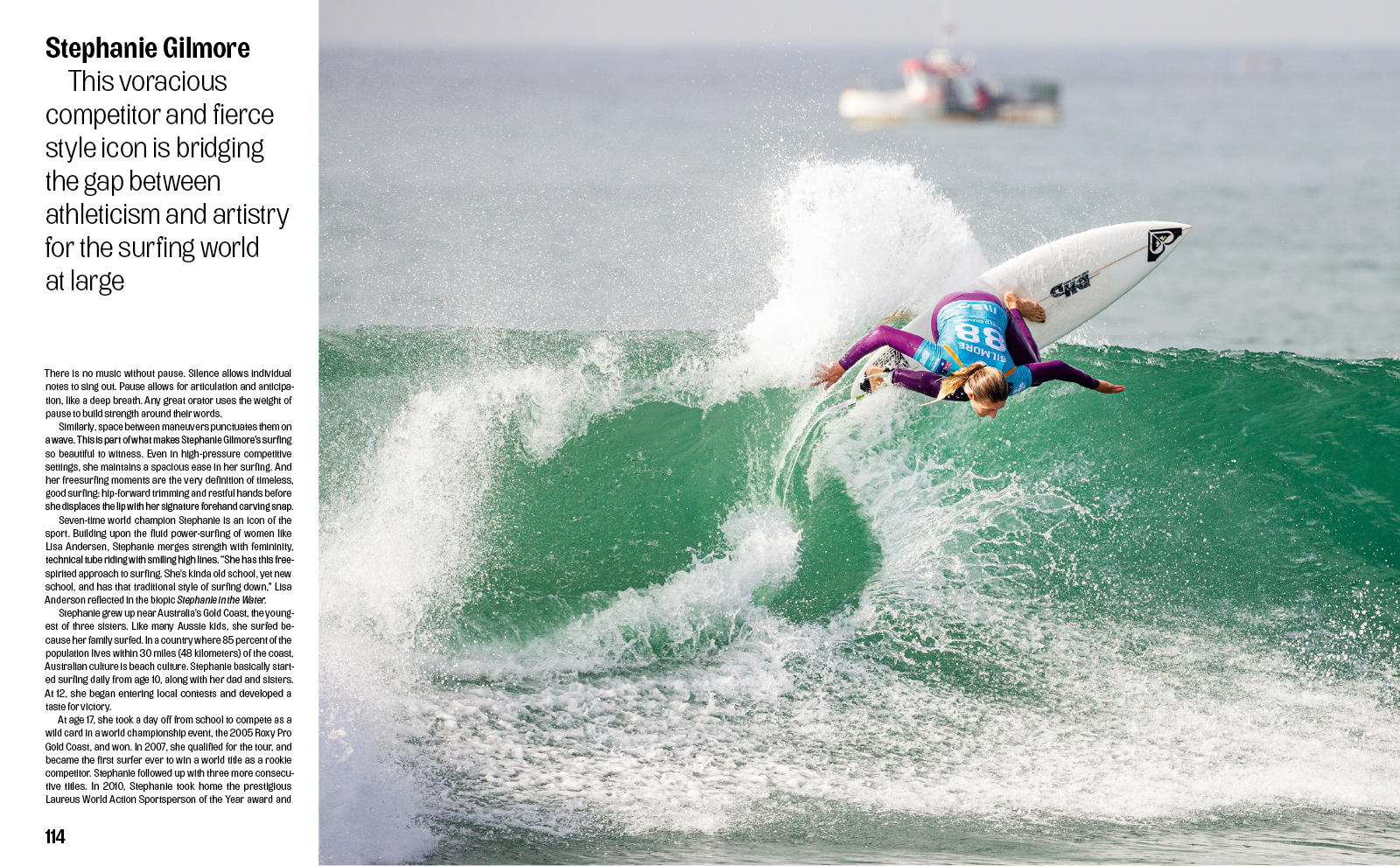
Are we close to achieving equality in the line-up as it relates to the sexes?
I think that depends on which line-up. At The Pass, sure, it seems like everyone feels equally entitled to drop in on everybody. Equal opportunity snaking. Elsewhere, we’re pretty far from equality, from what I’ve experienced.
It’s estimated that women make up around 20-30% of the surfing population now. If there was equal representation at the highest levels of professional surfing, then we’d expect to see each surfing magazine have 2-3 cover shots of women surfing each year, but it’s still pretty tokenistic to see women on the cover of any “co-ed” surfing magazines.
We’re always evolving as a species and culture typically the change is positive. What do you think will be different about surf culture in 20 years?
There have been really positive changes to surf culture just in my twenty years as a surfer. In twenty years from now, surfers will fall into one of two groups: chlorine rotted wave pool jocks, or ocean surfers, whose minds and bodies are torched from plastic/pollution exposure. But we’ll all still be riding waves and it will never not be worth it. I hope that’s not true.
Considering we have a majority male audience at Stab, is there a Jerry Springer esq final thought you could leave us with?
Your sister is actually your mother!

Lauren’s book She Surf is available here.


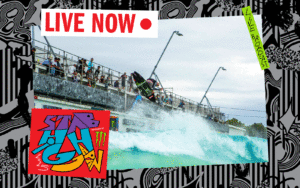
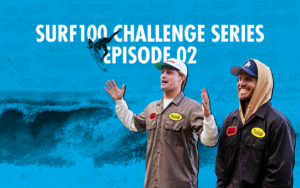










Comments
Comments are a Stab Premium feature. Gotta join to talk shop.
Already a member? Sign In
Want to join? Sign Up